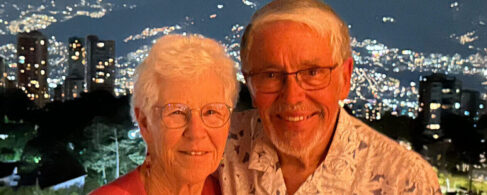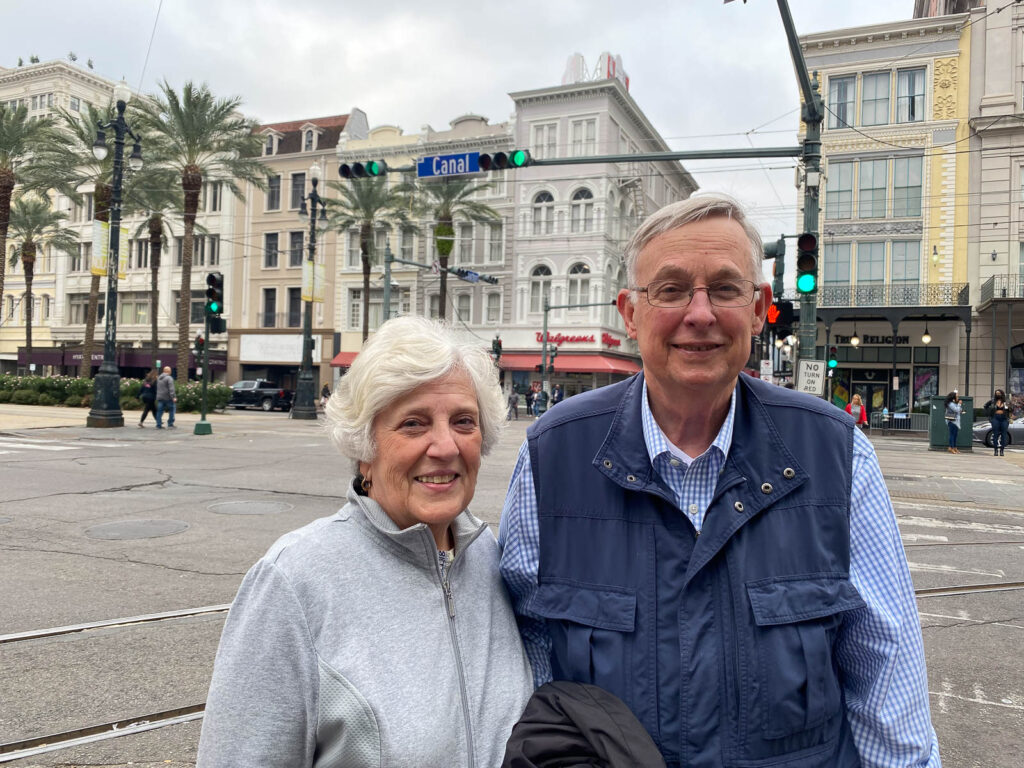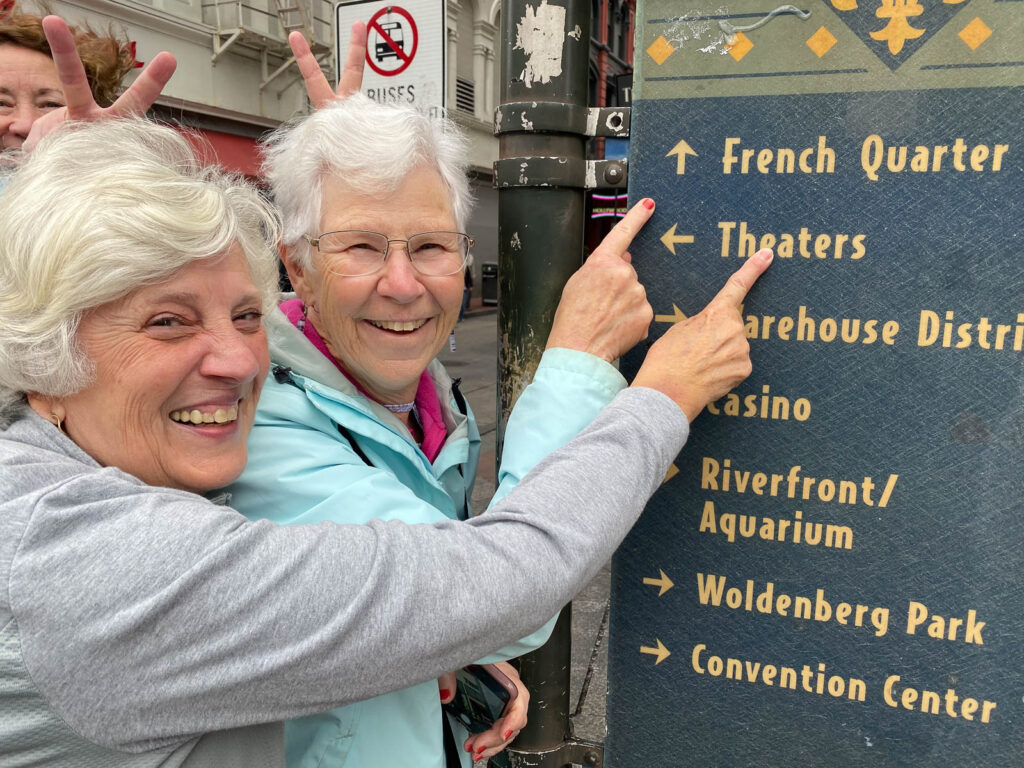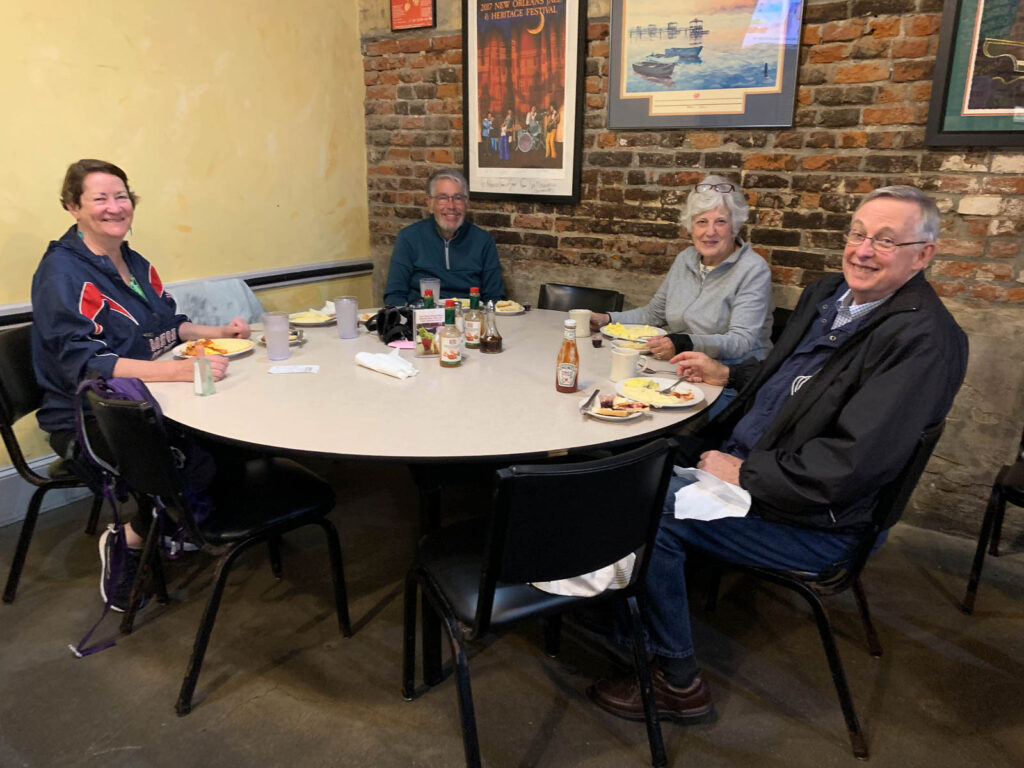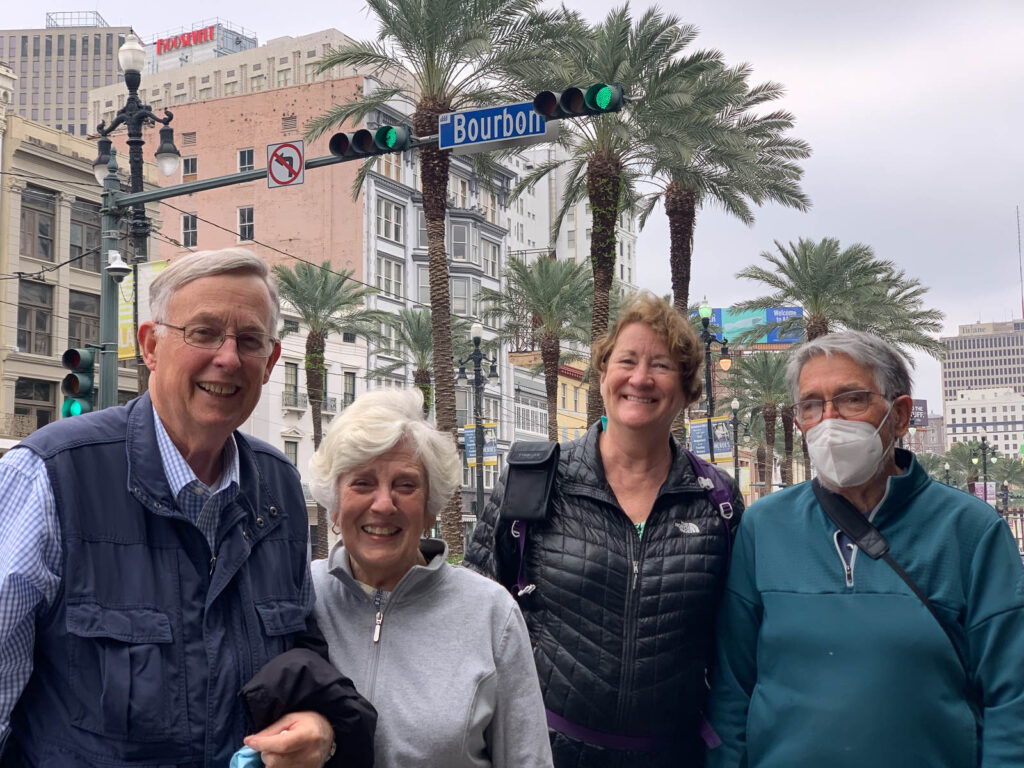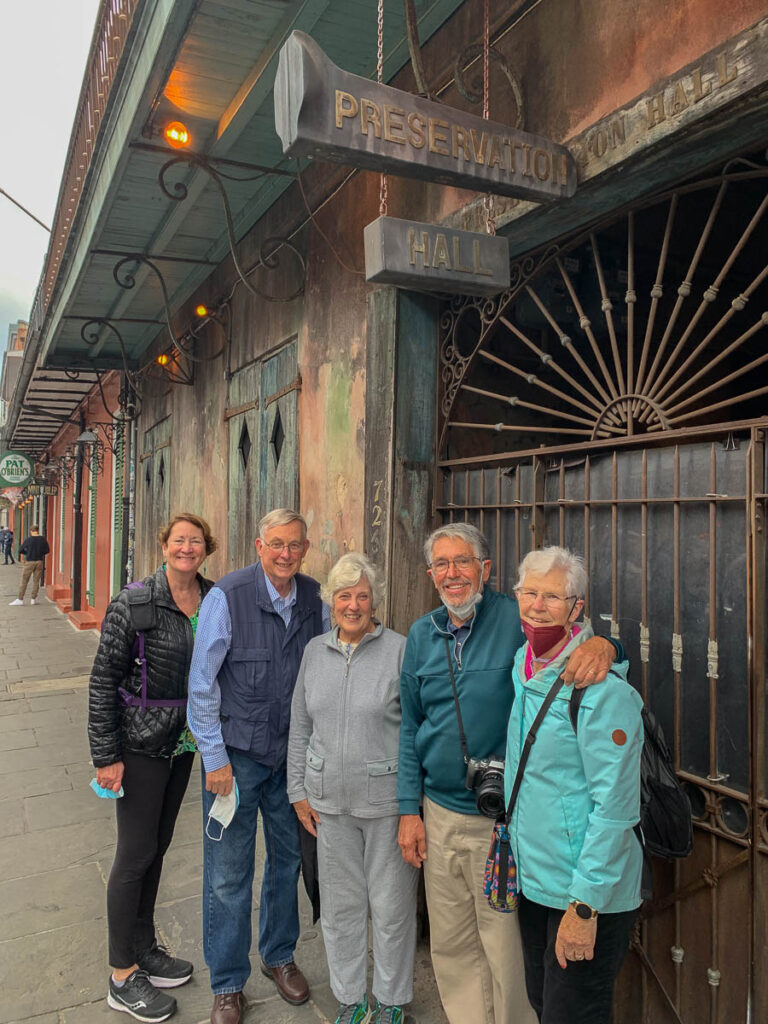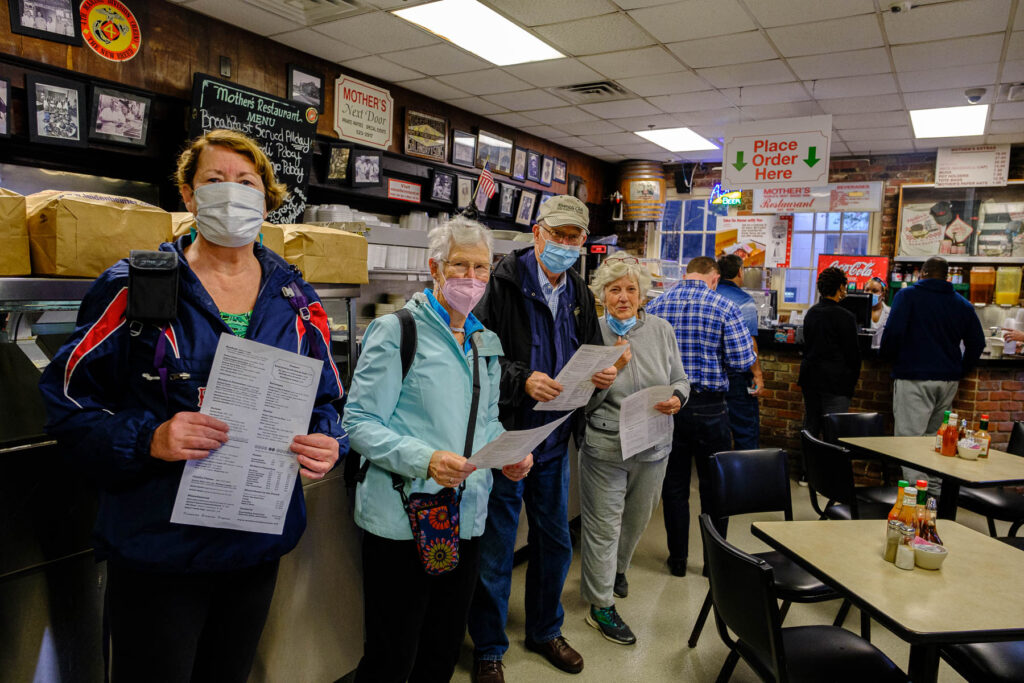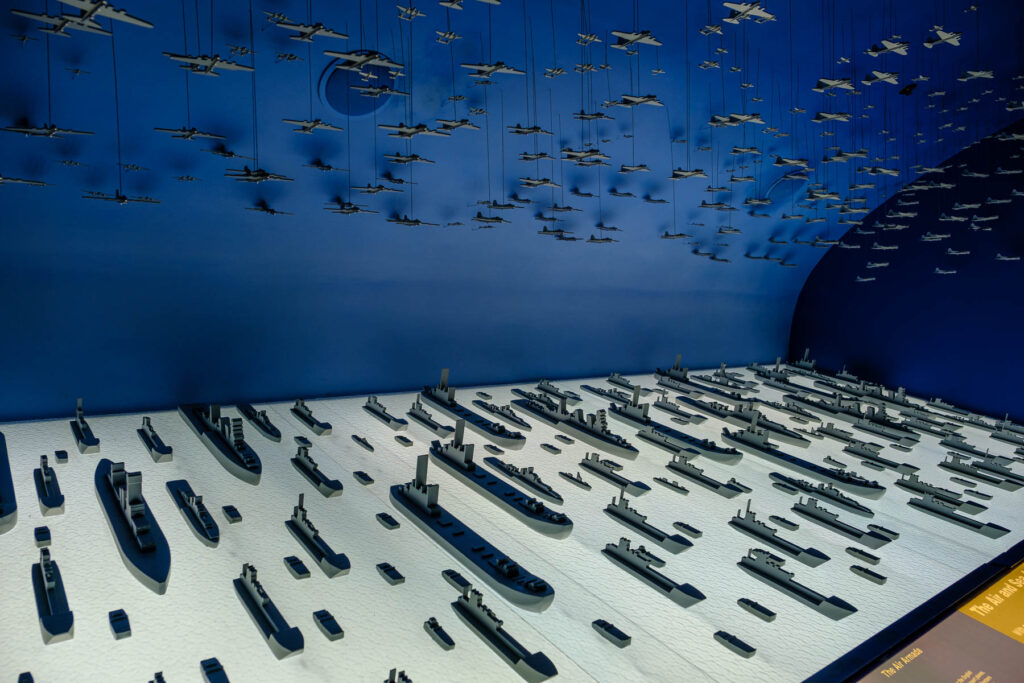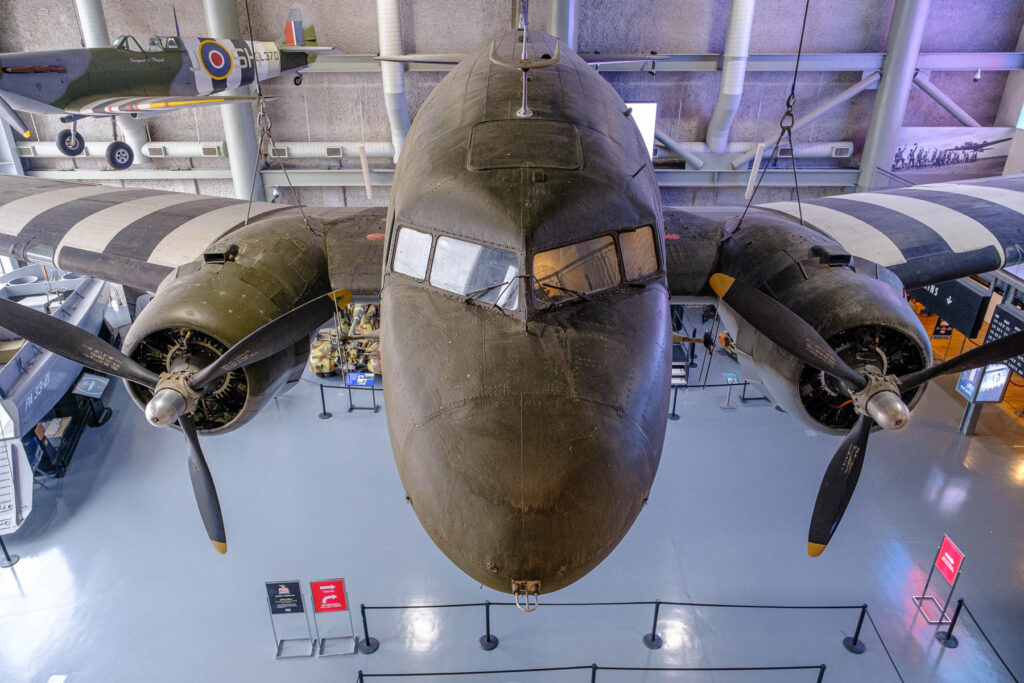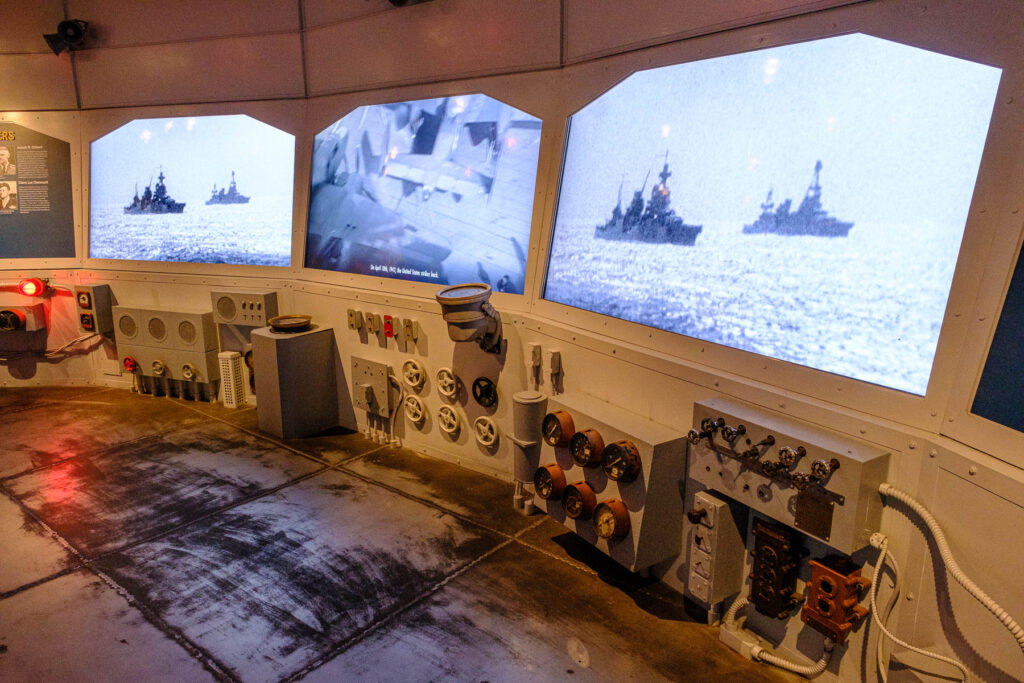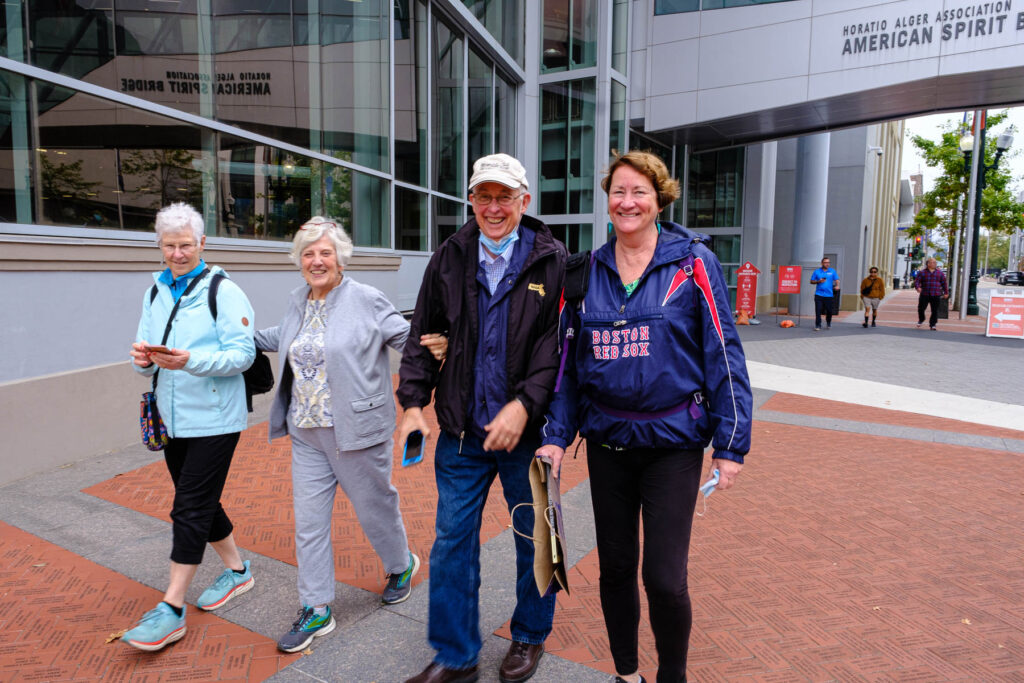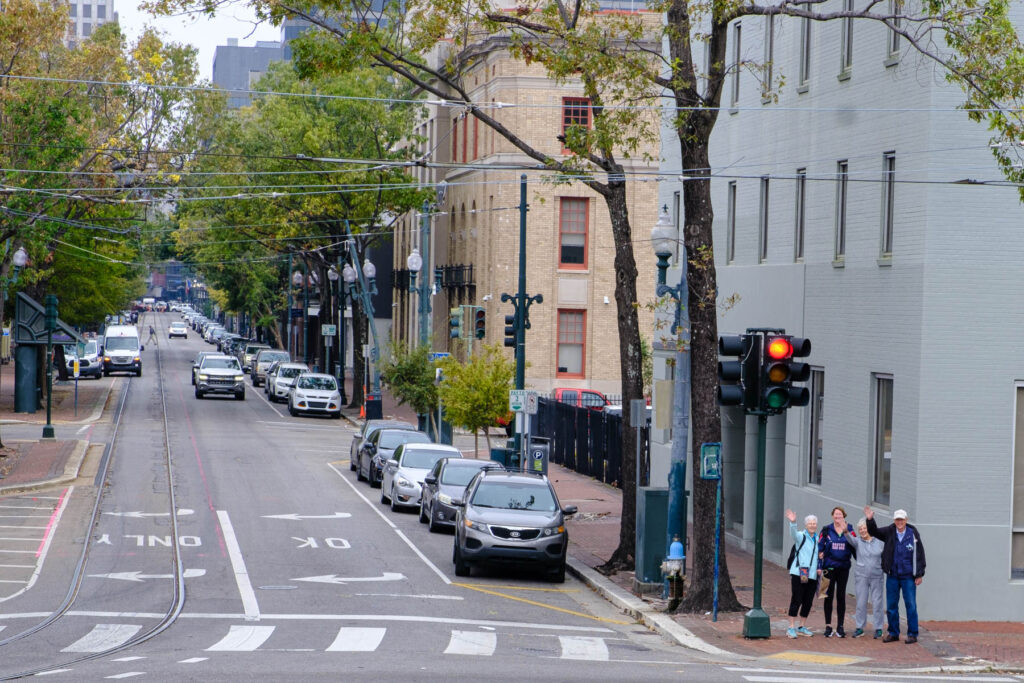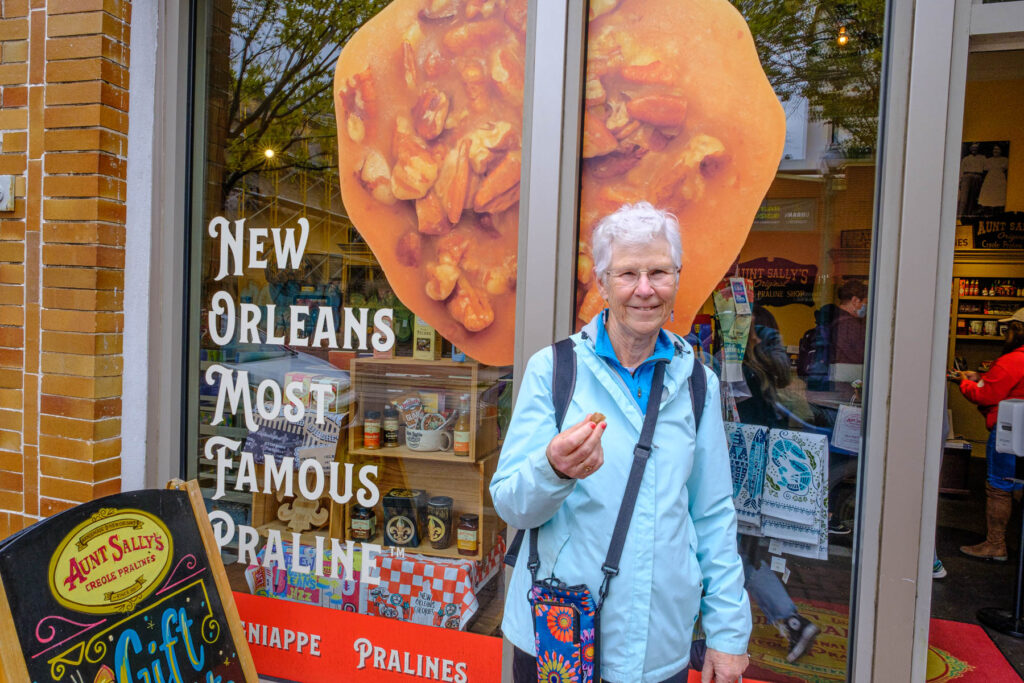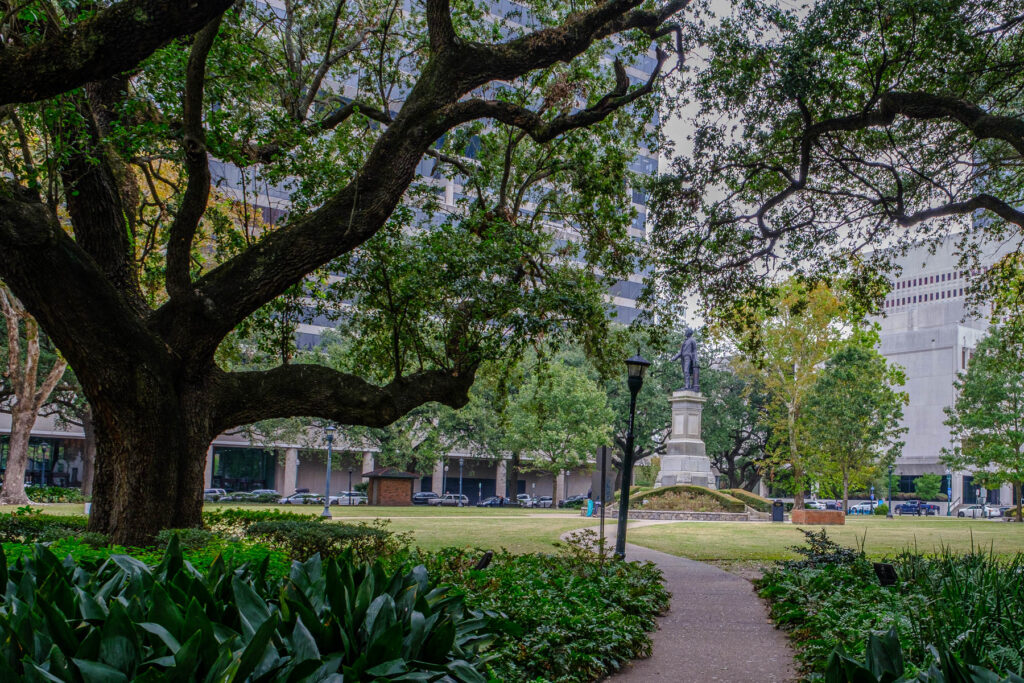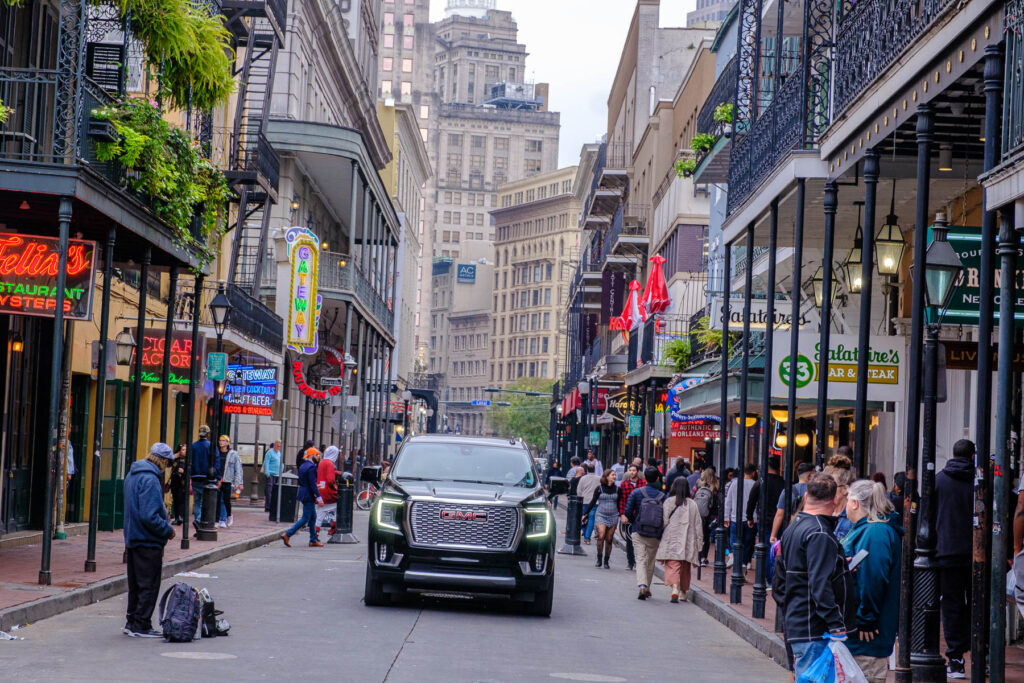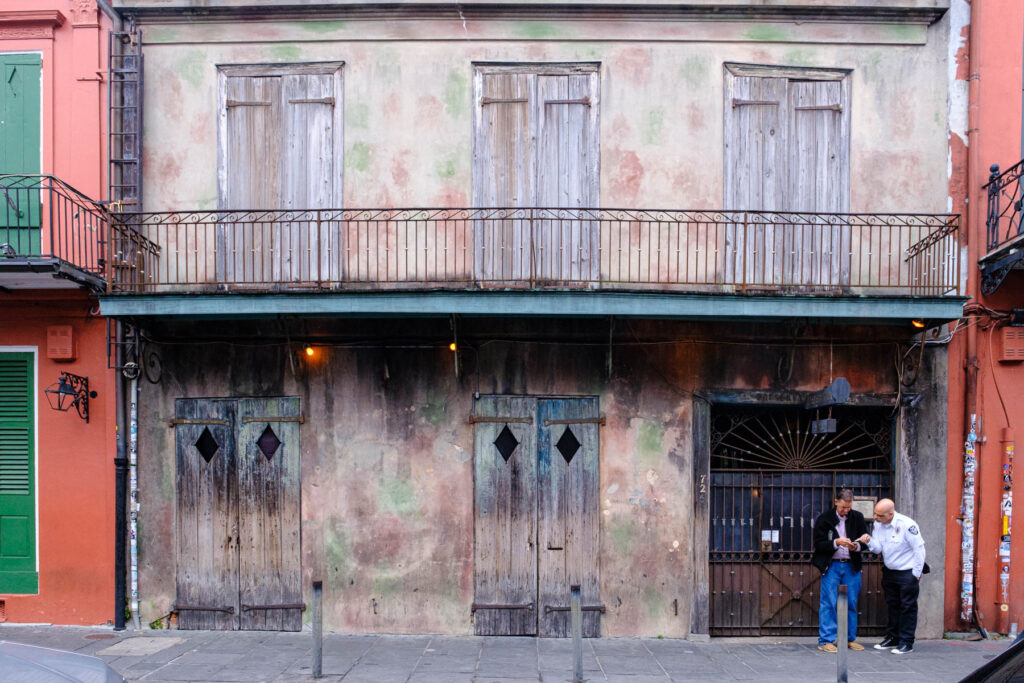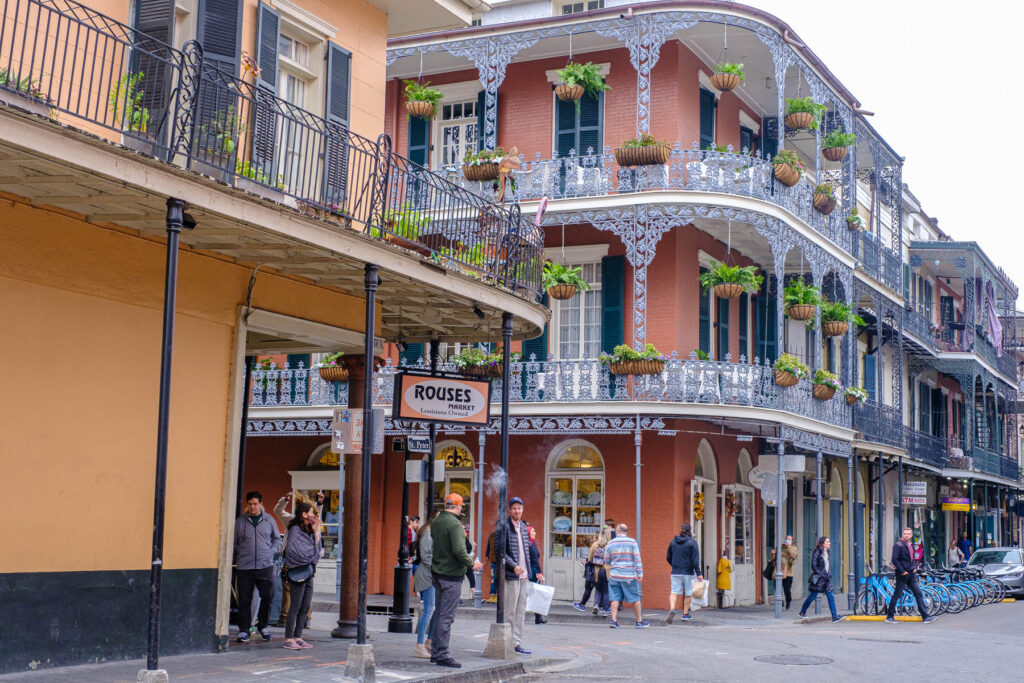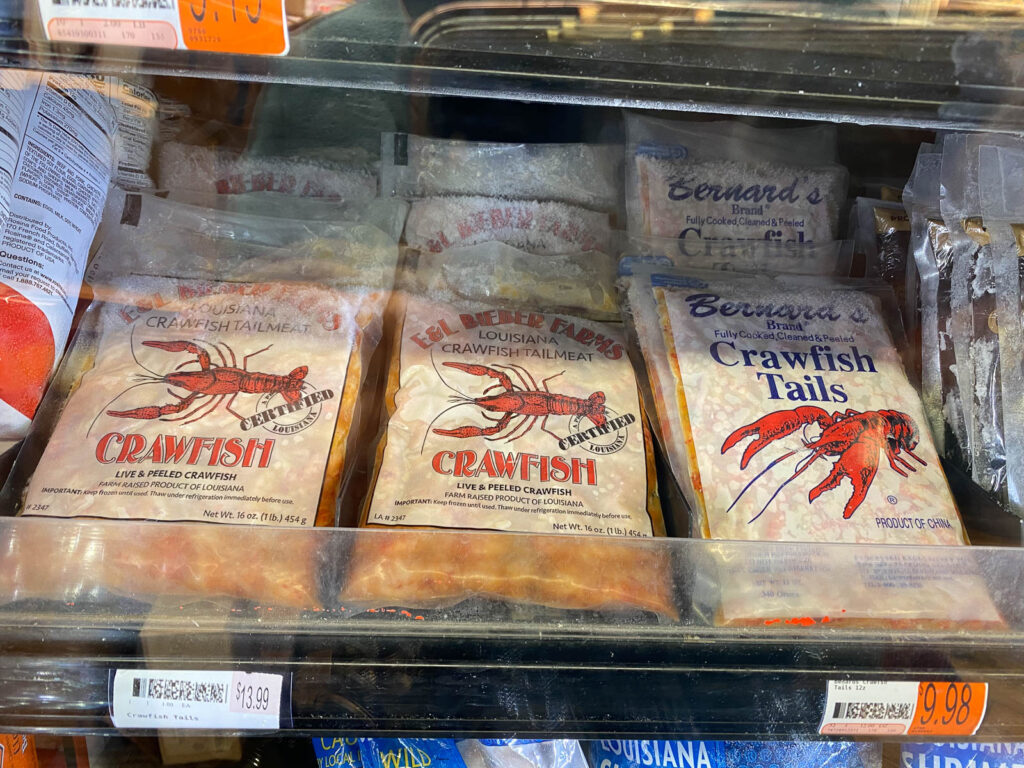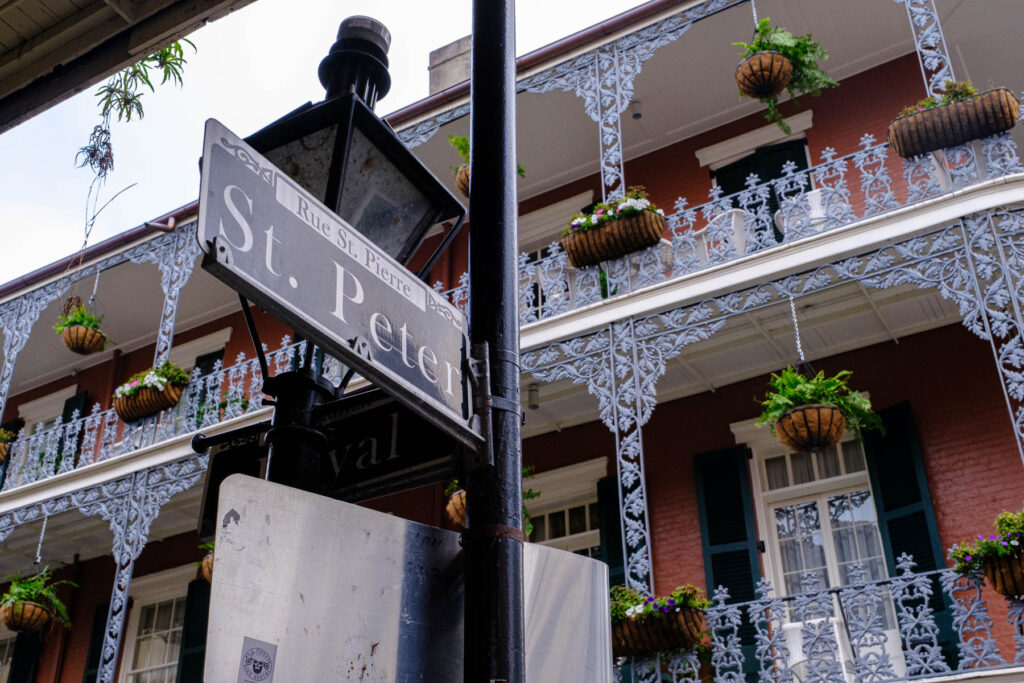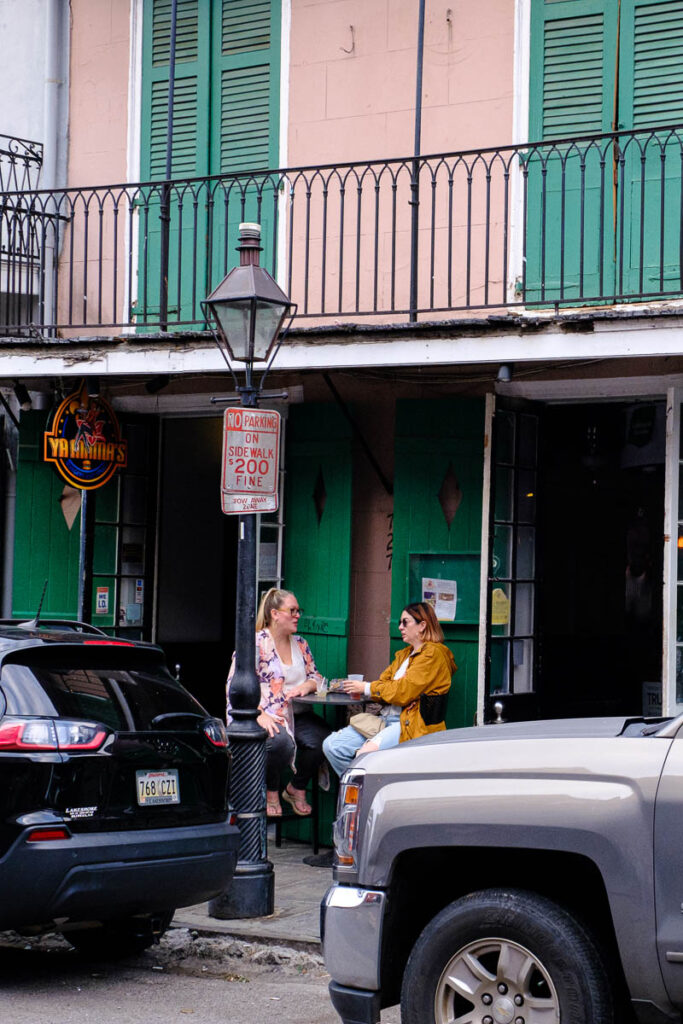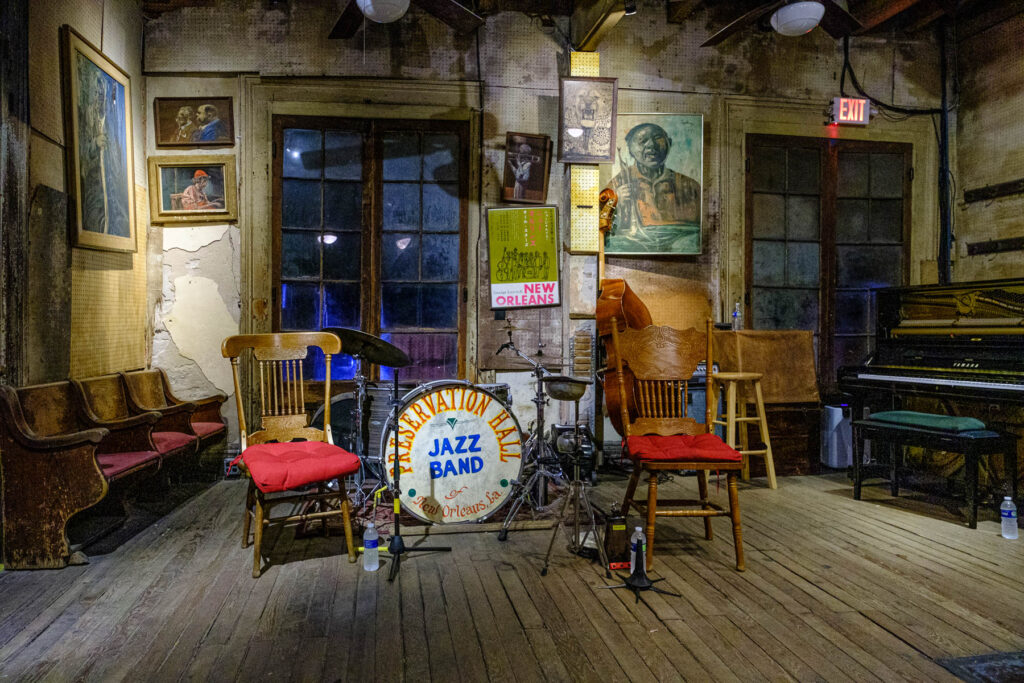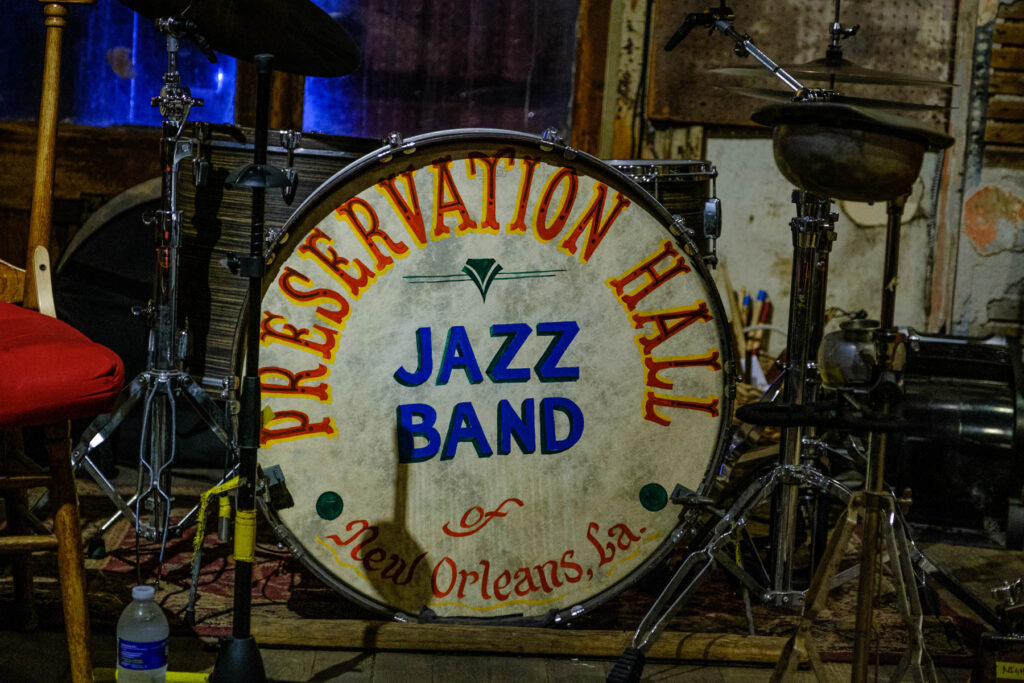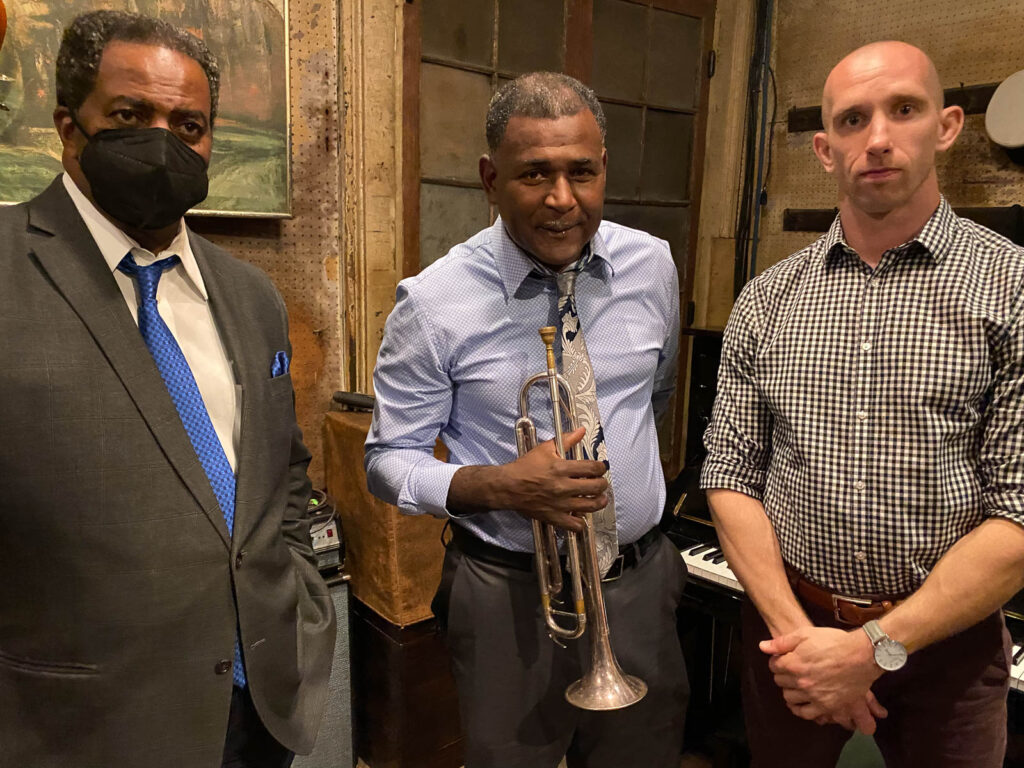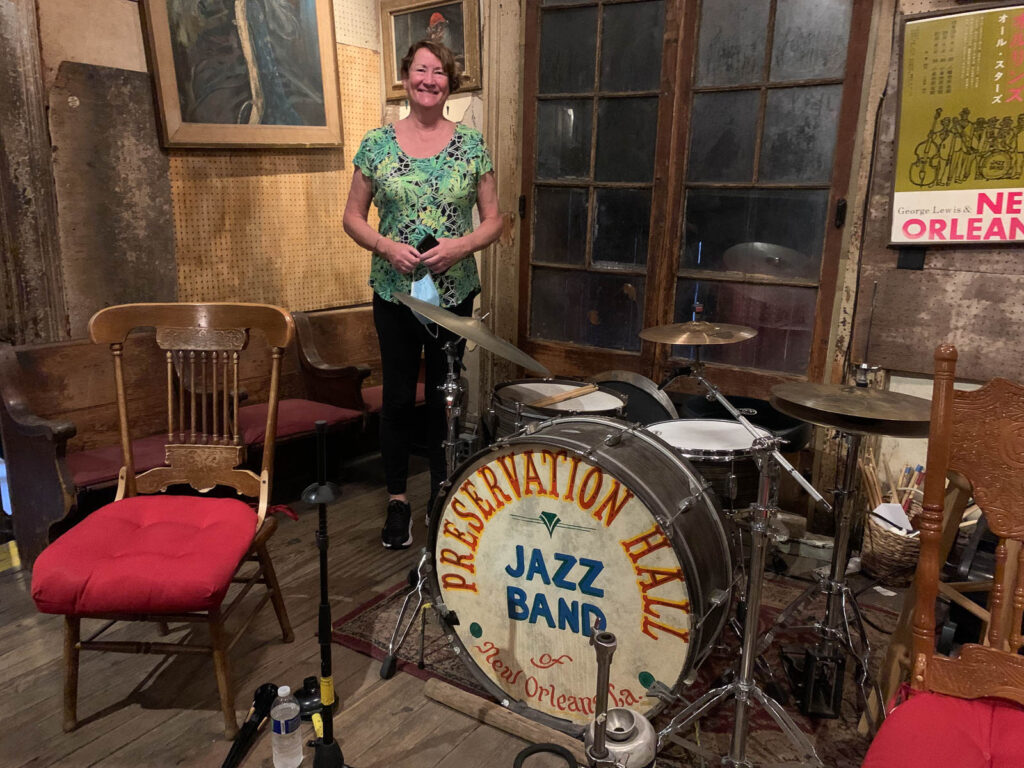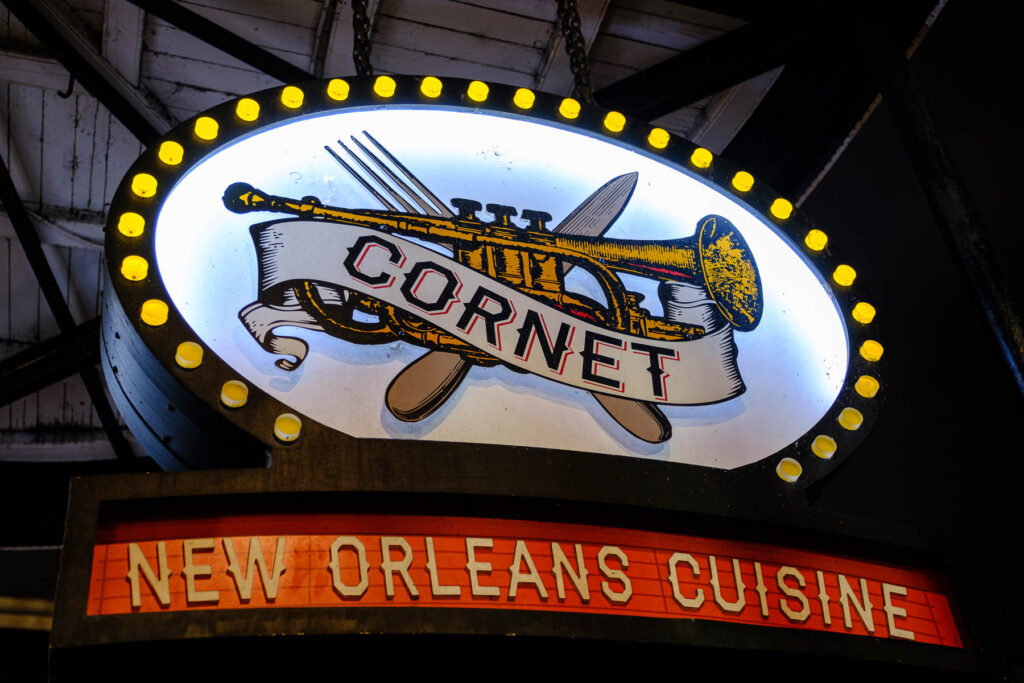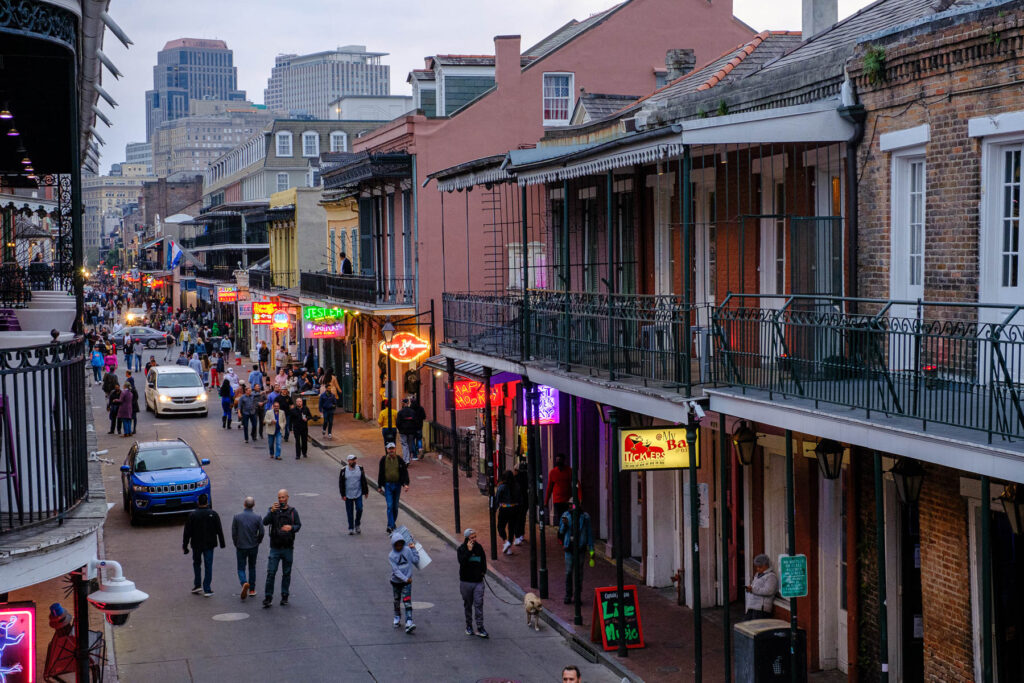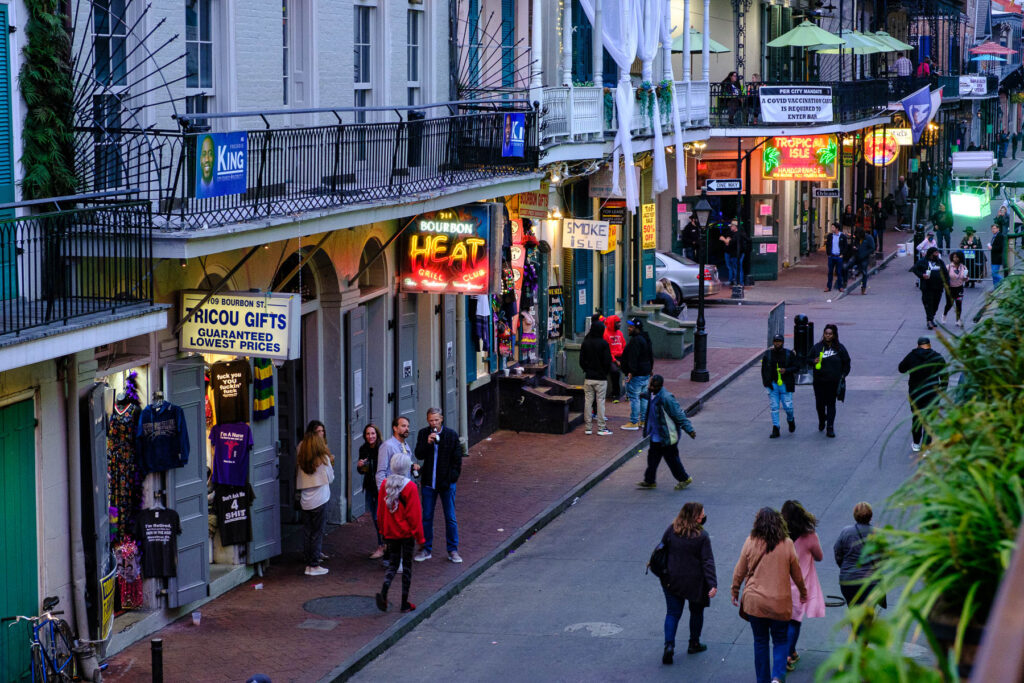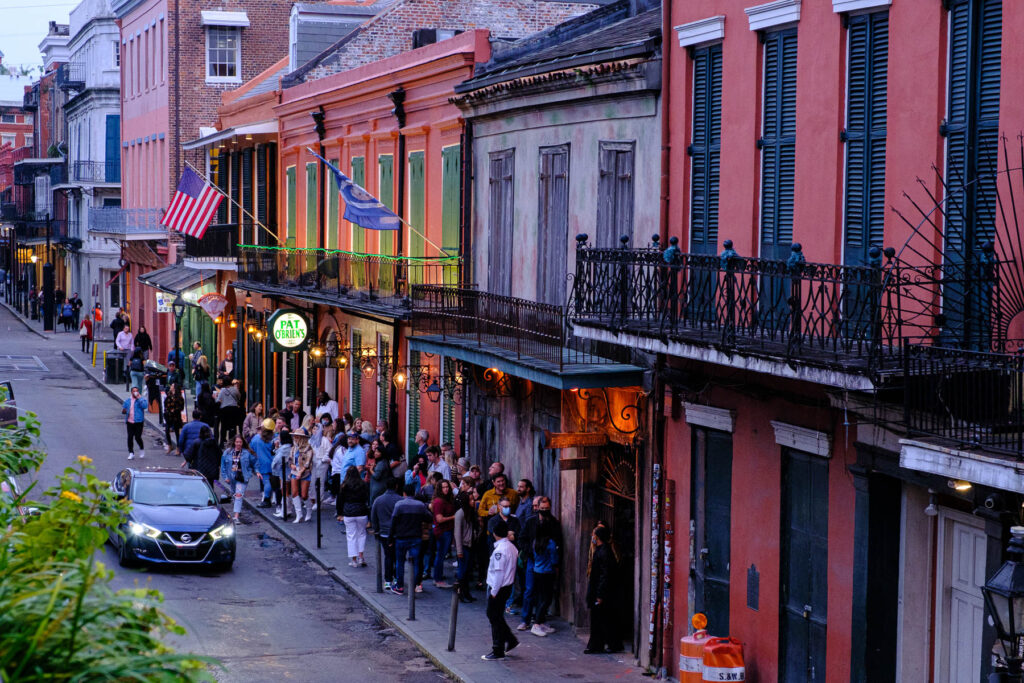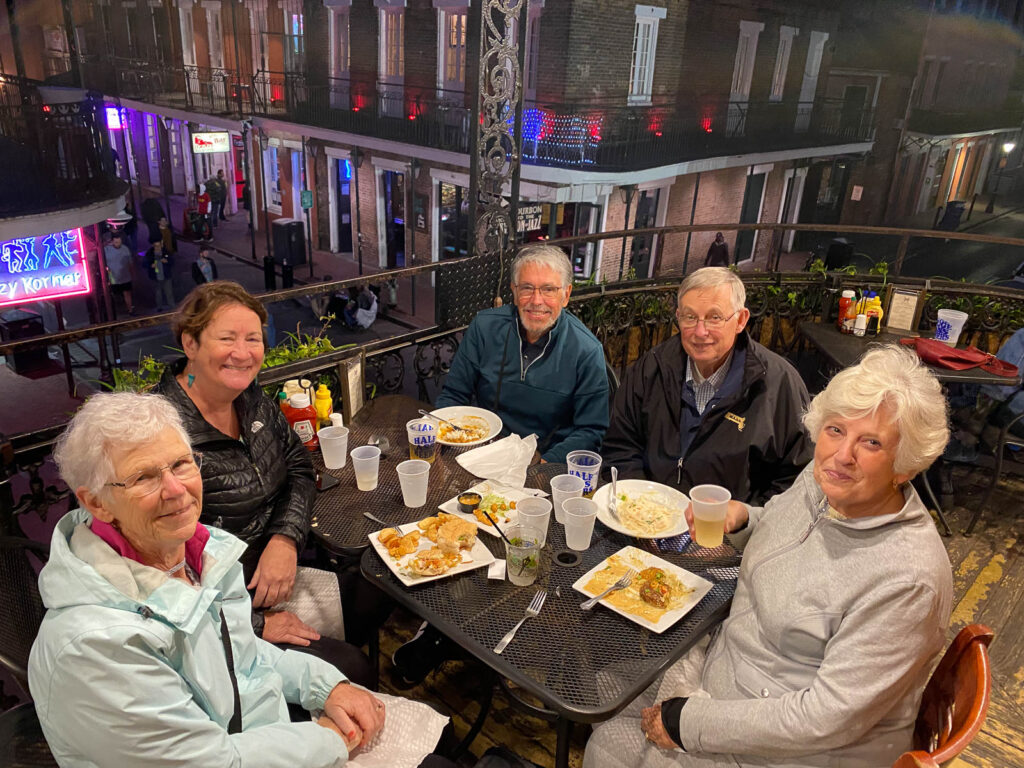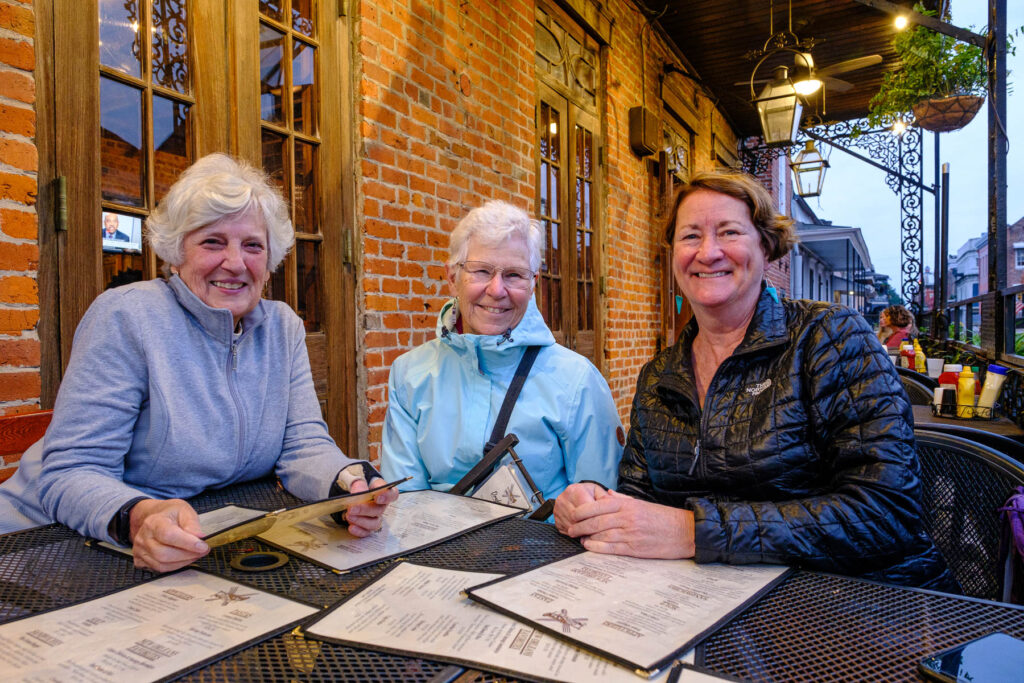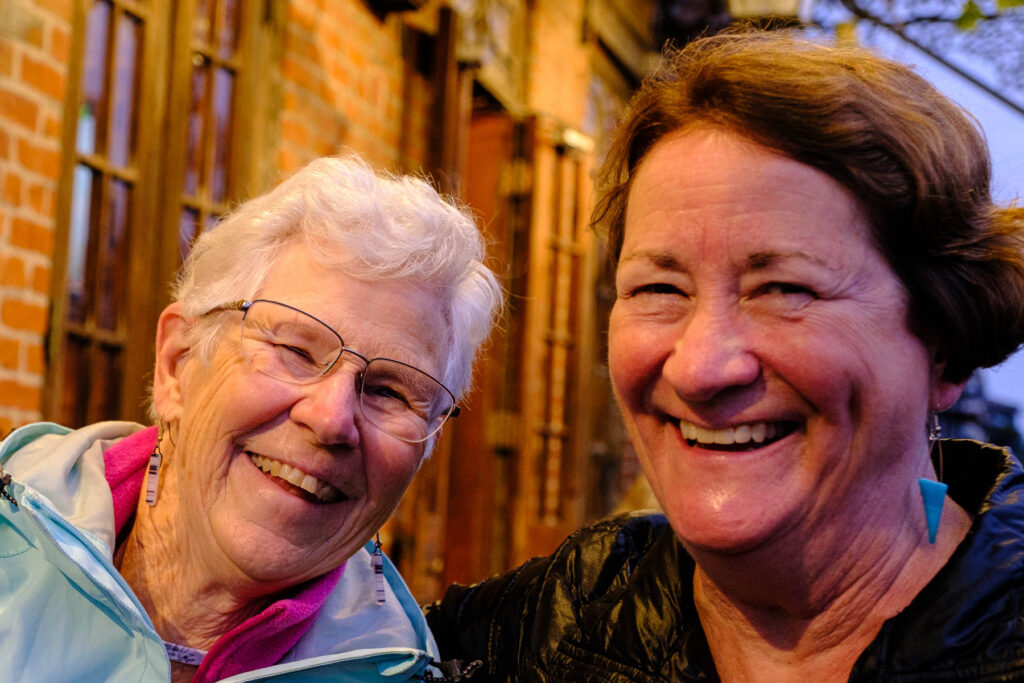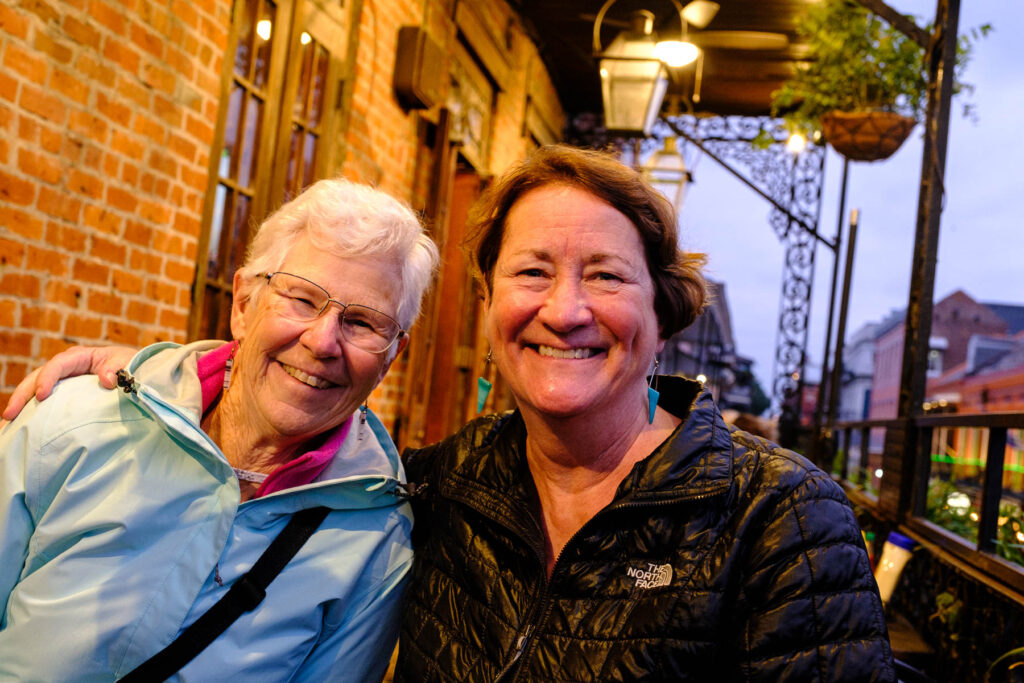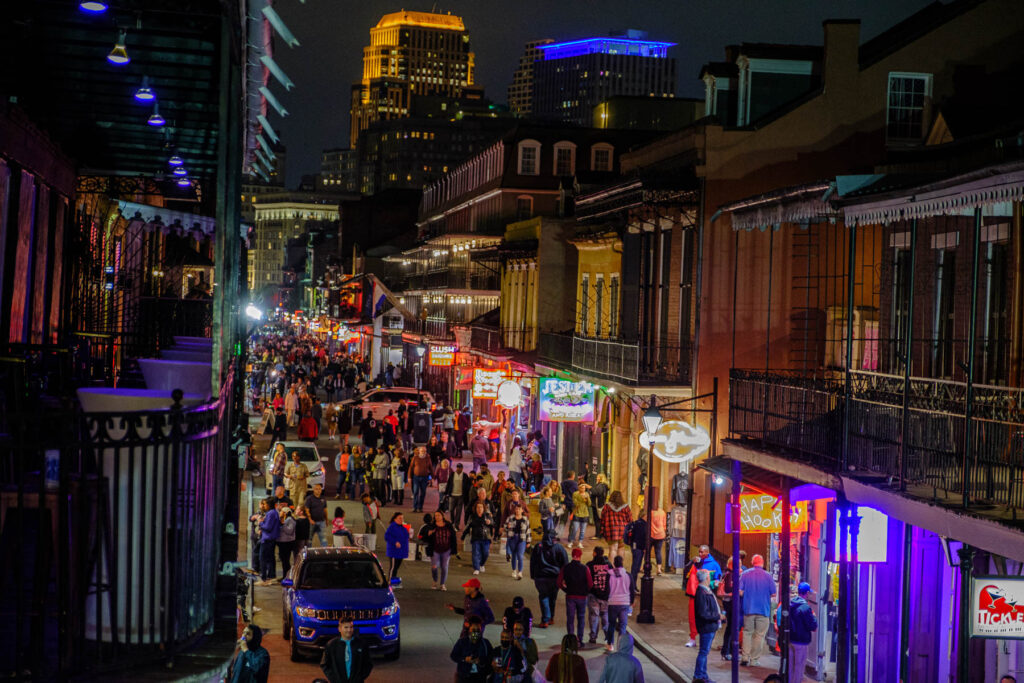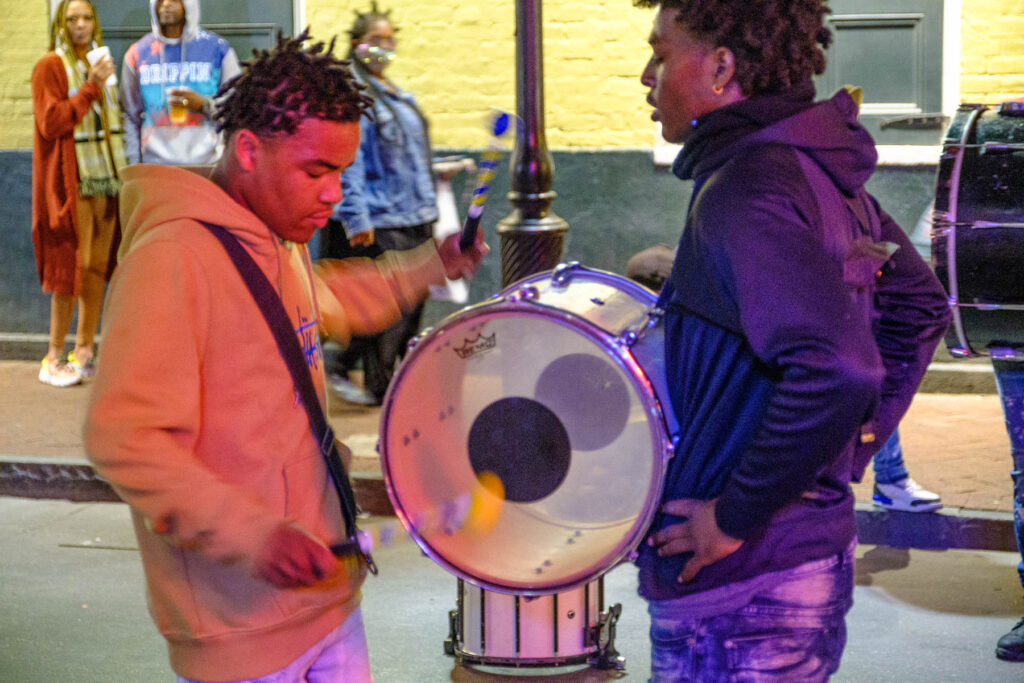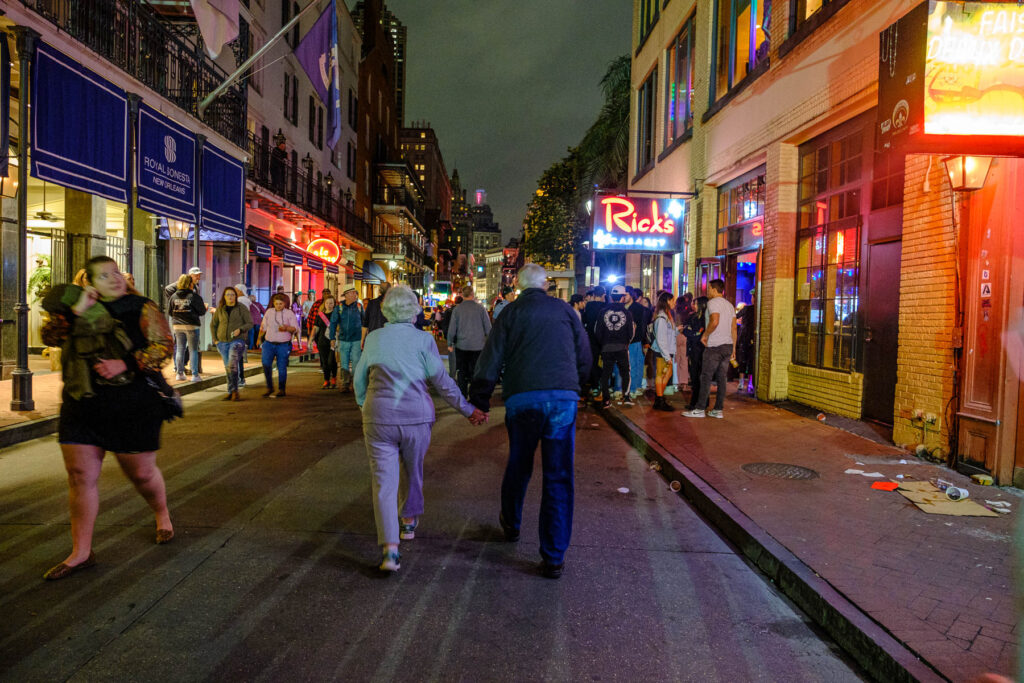Come to New Orleans for the World War II Museum and stay for gumbo, jambalaya, etouffee and pralines. The museum is that good.
Originally, it was the D-Day Museum, a private institution housed in the former factory of Higgins Industries. Andrew Higgins designed several landing craft used in both the European and Pacific theatres of WWII. The best-known boat was the LCVP (Land Craft, Vehicle, Personnel); “Higgins boats,” soldiers called them. You’ve seen them in the movies: box-like boats whose prow drops down allowing personnel and vehicles to land on the beach at Normandy on D-Day.
The museum has since been expanded considerably to include exhibits and videos of virtually every aspect of the war. Each exhibit room has a two-to-five-minute video that runs continually. Displays of photographs and artifacts, far more than you can hope to absorb unless you have a particular interest in that aspect of the war, are on display.
I won’t attempt a blow-by-blow recitation of what I learned today about WWII. But the overarching impression I came away with is the enormity of the task the United States took on, fighting, in reality, two wars simultaneously, one in Europe against Germany and Italy and one in the Pacific against Japan. The scope of the war effort is obvious to the casual student of WWII but this museum, for me, brought that fact home to me quite emphatically and graphically.
The museum is a 15-minute walk from our hotel. On our way we stopped at Mother’s Restaurant for breakfast. It’s a “po-boy” greasy spoon-style restaurant in an old brick building that must have been some sort of factory in times past. You stand at the counter to place your order, which is brought to your table by wait staff. Good breakfast food: omelets and flaky biscuits almost as good as Judy’s Bakewell Cream biscuits. We all left food on our plates. It’s a famous restaurant, too. Lots of politicians and entertainment celebrities are pictured on the walls.
Sharon was particularly interested in C-47 aircraft. Her father flew C-47s in WWII, towing gliders across the channel on D-Day to land in farm fields behind enemy lines. My interest was in Liberty ships; he served on the USS Antelope in the South Pacific. We saw some bomb sights similar to those Judy’s dad worked on in Bremerton, Washington.
On the way back to the hotel we walked by Aunt Sally’s Creole Praline Shop. Yes, we sampled the wares and took home a few packages. This is, after all, a cultural studies tour. Right?
After a 45-minute break in the action we hiked over to the Quarter, down Bourbon Street to St. Peter’s Street and to Preservation Hall. We were early for our 5:00 PM reservation even after flubbing around finding the place. We walked right by it; it’s very nondescript.
Fortunately, there was a Rouse grocery store on the corner. Rouse’s is a local tradition touted highly by our bus driver yesterday. They carry crawfish (imported from Asia), southern veggies and Creole hot sauces plus all the usual grocery store stuff.
The jazz performance was a highlight of our trip so far. Three traditional Black New Orleans jazz musicians, a trumpet player and leader of the band who sang, a bass player who also sang and a really talented drummer. The pianist was a white guy who was a fill in. The fifth member, a trombonist, was a Japanese woman who, it seems, is something of a regular with the group. She studied at a New Orleans jazz school in Tokyo, of all places, and came to the U.S. to study with this group, the Preservation All Stars. The performance was excellent and fun: the leader encouraged audience sing along for the refrains of well-known tunes, e.g., “You Are My Sunshine.” “Battle Hymn of the Republic,” etc.
We chatted with the band members briefly after the performance. They confirmed that they had no set program and that much of what they played was improvised.
Being in the heart of the French Quarter dinner options were plentiful. We ended up seated on a traditional Bourbon Street balcony at the Cornet restaurant. We had the traditional New Orleans grub we’ve become accustomed to. I had a crawfish etouffee (some say crayfish, others say crawdads; same thing) that was very good. The crawfish was somewhat chewy, something like lobster meat. We all sampled fried alligator to claim bragging rights back home.
